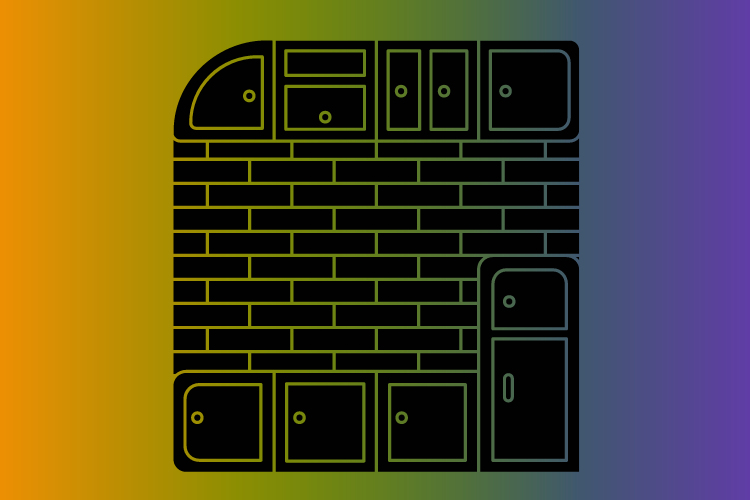Ideas for Splashbacks
The splashback is the area of the kitchen either above the sink, worksurface or hob which is most likely to get “splashed” by cooking, water or grease from pans. Traditionally, kitchens in the UK have used tiles for splashbacks, but in the 21st century there are some far more innovative options for your home. If you’re not sure what’s out there, here are some ideas to consider.
Tiles as Splashbacks
Tiles might be the traditional option but that doesn’t mean they should be discounted out of hand. Tiles come in all shapes, sizes and colours, and you can pretty much guarantee that a plain white tile is never going to go out of fashion. They’re also cheap to buy, and easy to install. The downside to tiles is that the grout between them often gets grubby before the tiles, and cleaning can be awkward.
Glass Splashbacks
One of the most popular options is a glass splashback. Custom-made to fit your kitchen, the glass comes in one single panel with no grout to worry about. Glass splashbacks can be made in any colour, and there’s also the option to add glitter or other effects into the finish. Glass is durable and very easy to clean, but the downside is that glass splashbacks are often more expensive. You’ll also need to get the experts in to measure up and fit the splashback professionally.
Acrylic Splashbacks
If you want the look of glass but not the price tag, look at plastic, or acrylic splashbacks instead. Buy an off the shelf panel and glue it to the wall yourself, or get the professionals in to measure and fit. As with glass, acrylic comes in a huge range of colours and patterns. If you are confident in DIY, you could even buy a large sheet of acrylic and cut it to fit perfectly in your kitchen, using a paper template. Laminate sheets, similar to wet wall used in the bathroom or as flooring can also be used as kitchen splashbacks. Ensure you get the type of laminate designed for this purpose, as other types of laminate may not be sufficiently water and stain-proof.
Metal Splashbacks
Look in any commercial or restaurant kitchen and the worksurfaces and splashbacks will be made of stainless steel. It’s a very hygienic surface, which can stand up to strong cleaning products used in a commercial setting. In our homes, it’s a good option if you’re looking for the high-end, restaurant look, matched with metal worktops and white units. Copper is another option, and provides a warmer finish than stainless steel, which can appear fairly clinical.
Stone Splashbacks
If you have a stone worksurface, then the manufacturer will usually give the option of using the same material in a thinner slice as a splashback. This gives a high-end, luxury finish to the kitchen, but can be expensive too. Too much of the same material can be a bit overpowering in any room, so weigh up the other splashback options before committing to any decisions.
